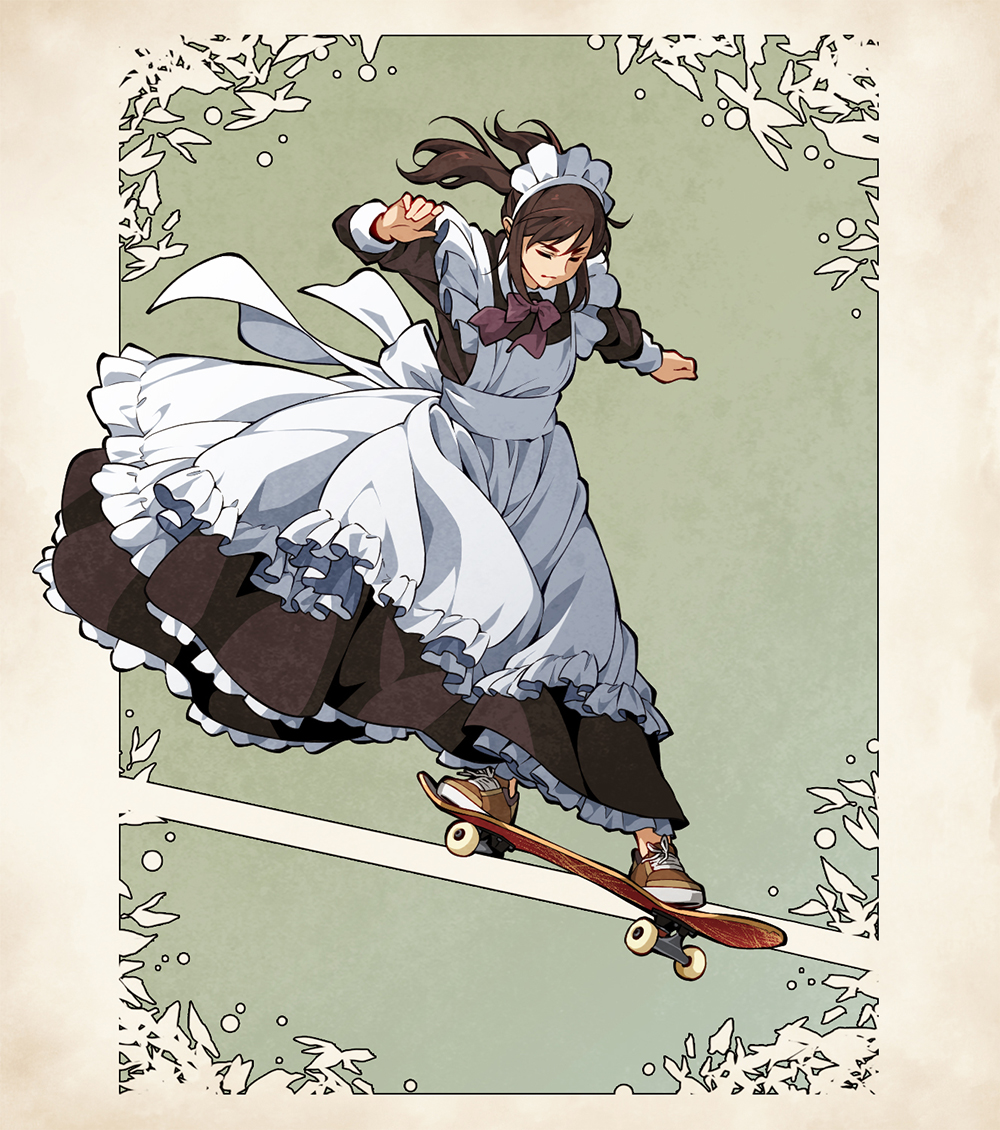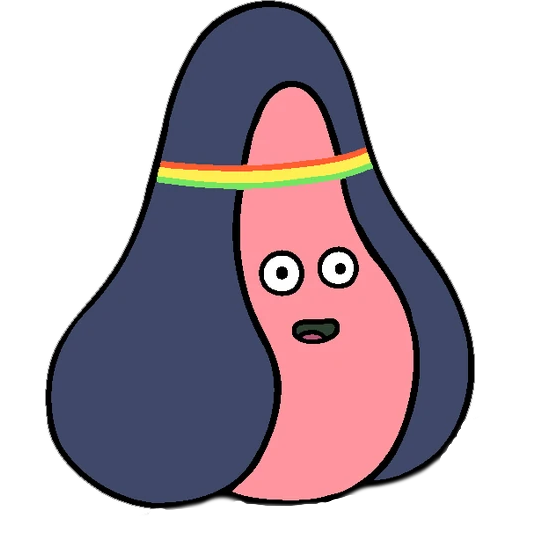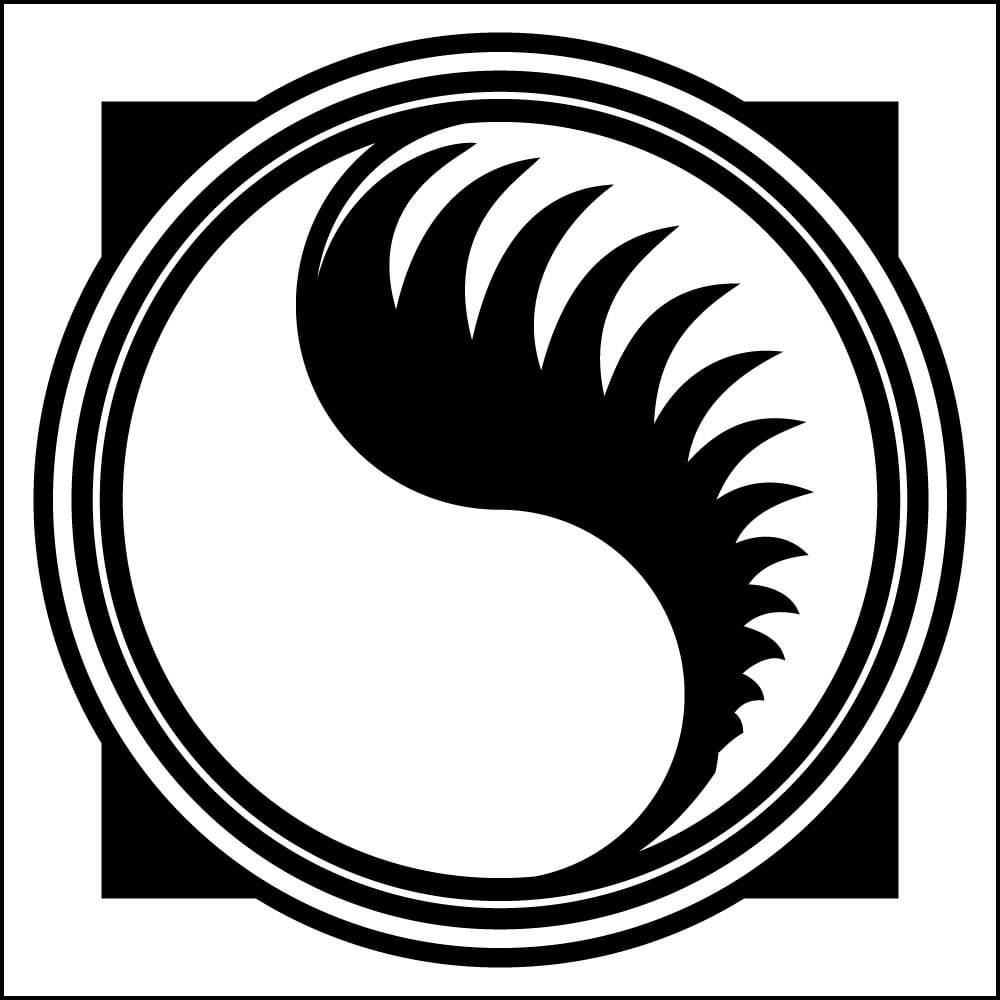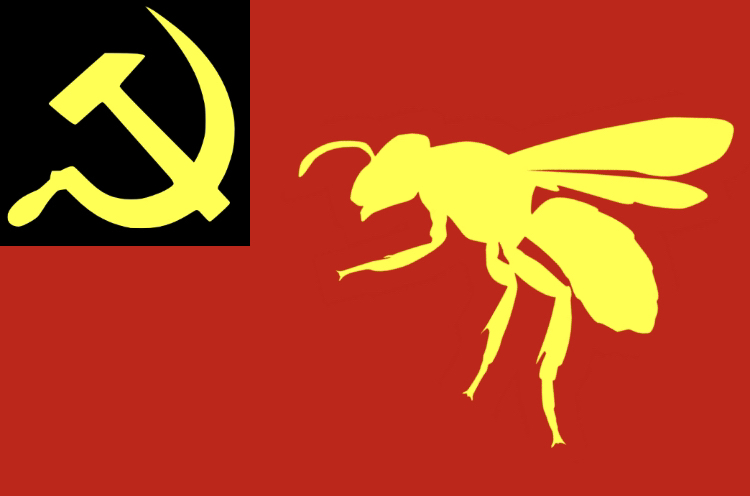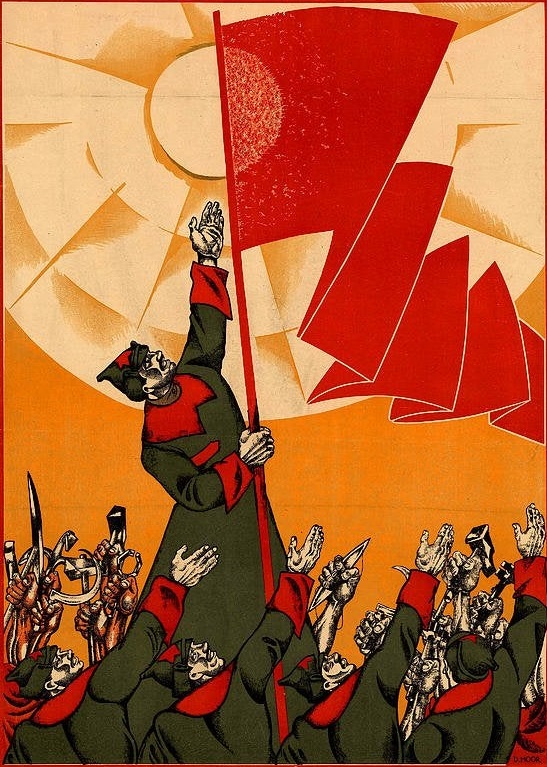Interesting to see the agriculture versus huntgather dialectic. And also the sedentary versus pastoral dialectic within agriculture.
There are a handful of statist places: Vietnam, China, Italy-Greece and a few others, but mostly anarchs.
Iceland, Madagascar, and New Zealand are virgin to man.
I think the only issue with this map is still the clear European bias for “cultural development.” The difference between Iron Age Ireland, with small chiefdoms and farming communities is here classified as “complex farming societies/chiefdoms”, and southern China outside of direct Zhou dynasty control is somehow just a “simple farming society” despite also having small chiefdoms and quasi-states is clearly just a case of Euro-centric “oh we’re civilised, all of us, even at this time, whilst other people aren’t.” There’s just no world where you can claim that like north-western Russia was a more complex state/culture formation than the quasi-states forming around the Pearl River delta in southern China.
oof yeah they’re being really generous with the orange in Europe wtf.
This map is terrible for East Asia (and probably everywhere else). Tibet had a kingdom that was established around 500 BC. Both the states of Ba and Shu were kingdoms as well that were only conquered by the state of Qin in 316 BC. Really the parts of the map that form modern China should just be entirely orange/blue except the northeast which should be purple. Like who the fuck is farming in Manchuria with 500 BC tech?
This map sucks.
Most people? I know there were farmers in the Altai before there were nomads. If anything Manchuria would be more temperate. Nomadism is the most modern mode of production. The first true nomads were the Iranians. Before that the steppes were peopled by agro pastoralists, they keep herds yes, but without large enough horses, their herds are limited in size so they have to farm. Also as far as I can remember there are no historical nomads native to Manchuria, they jurchens for example were agro pastoralists.
It’s purpule guys that are new here.
So I looked it up, millet agriculture seems to have spread to the Liao and Amur rivers in the 4 th Milenium.
Also, by 500bc iron tools and large horses are widespread, they even have seed drills, there should be no significant difference in productivity when compared to the days of Arthur young. Edit: Aparently I’m wrong and while that is the case for west asia, and Africa the ironage took longer in east asia, 500 bc is still bronze age in Manchuria, the are still millet farmers tho.
The differences are mainly due to local demográfico conditions, state capacity, war making, and so on.
I think the same can be said for a lot of north Africa, just including Kush as part of the Persian empire does it a disservice.
This map sucks.
it kinda does, fucking hilarious to me that the finns and proto-germans are complex farming societies/chiefdoms but the sami are hunter gatherers? they were herding reindeer by this point, that’s not “hunting / gathering”! thats nomadic pastoralism at the very least. seems sussy to me
Humans are wild, surviving in the Arctic with no modern equipment.
Northern Greenland 4400 years ago: https://en.wikipedia.org/wiki/Independence_I_culture
Here’s me complaining when it gets below 15 degrees at the end of summer in the UK
It really goes to show that all Alexander “the great” did was copy an already existing empire. The fact that the Greeks are the founders of “Western culture” while the Persians are ignored can only be the result of racism
The Kingless Generation Ep.52 - Asiatic Athena: karmic roots of Greek culture in Hittite class struggle (Song of Release, 15th c. BCE)
In a series that I hope will include Martin Bernal’s classic Black Athena (about the modern British fabrication of “ancient Greece” and its true roots in ancient Egypt), we start with the East: in recent decades, great advances in Hittite studies have illuminated much of the mechanics of transmission of Mesopotamian literature and religion to a nascent Greece from a grain state in Anatolia (modern-day Turkey) which used cuneiform writing (in addition to their own distinctive hieroglyphs) and was ruled over by an Indo-European-speaking ruling class. In addition to illuminating details of class struggle between slave-owning city council members against a king who wants to free the slaves—though perhaps only in order that they may serve the cult of his ancestors in the temple—we contemplate the dependent origination and lack of perduring essence of ‘ancient Greece’, that flimsy idol enshrined at the center of the white supremacist worldview.
 Now that’s the kind of oddly specific content I come here for
Now that’s the kind of oddly specific content I come here for
If Pliny the Elder would be believed, it’s Scythians all the way up.
Scythians
tfw you werent born to be a bow lesbian into a scythian tribe:

About 10 min in and its a great watch so far.
I found a YouTube link in your comment. Here are links to the same video on alternative frontends that protect your privacy:
If this kinda thing is interesting to u, u would love The Dawn of Everything by David Graeber and David Wengrow.
Broad anthropological survey which investigates the question: What is the origin of inequality?
Turco-Mongolic transhuman
tpastoralistI wish there was a key on what each color meant.
Also I’m pretty sure agriculture existed in the eastern woodlands of the us by 500 bc
Key is here: https://commons.wikimedia.org/wiki/File:World_in_500_BCE.png
white — uninhabited
yellow — hunter-gatherers
purple — nomadic pastoralists
green — simple farming societies
orange — complex farming societies/chiefdoms
blue — state societies
brown — empires
comradely comment

Thank you, looks like I got most of them, I just couldn’t figure out orange and brown
deleted by creator
Koreans.
Source?
TIL where fictional Fire Emblem continent Elibe got the name “Sacae” from.
Hamberbers


